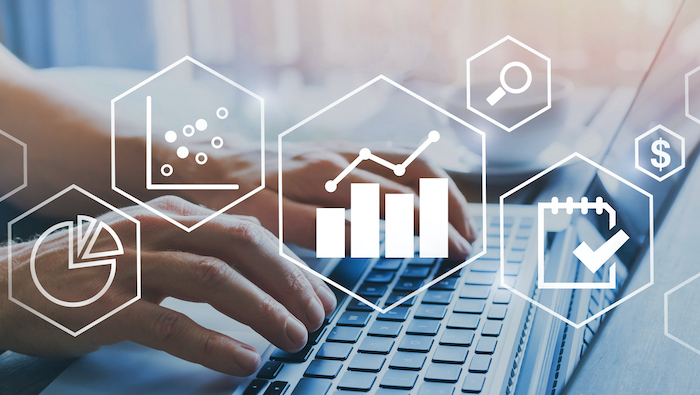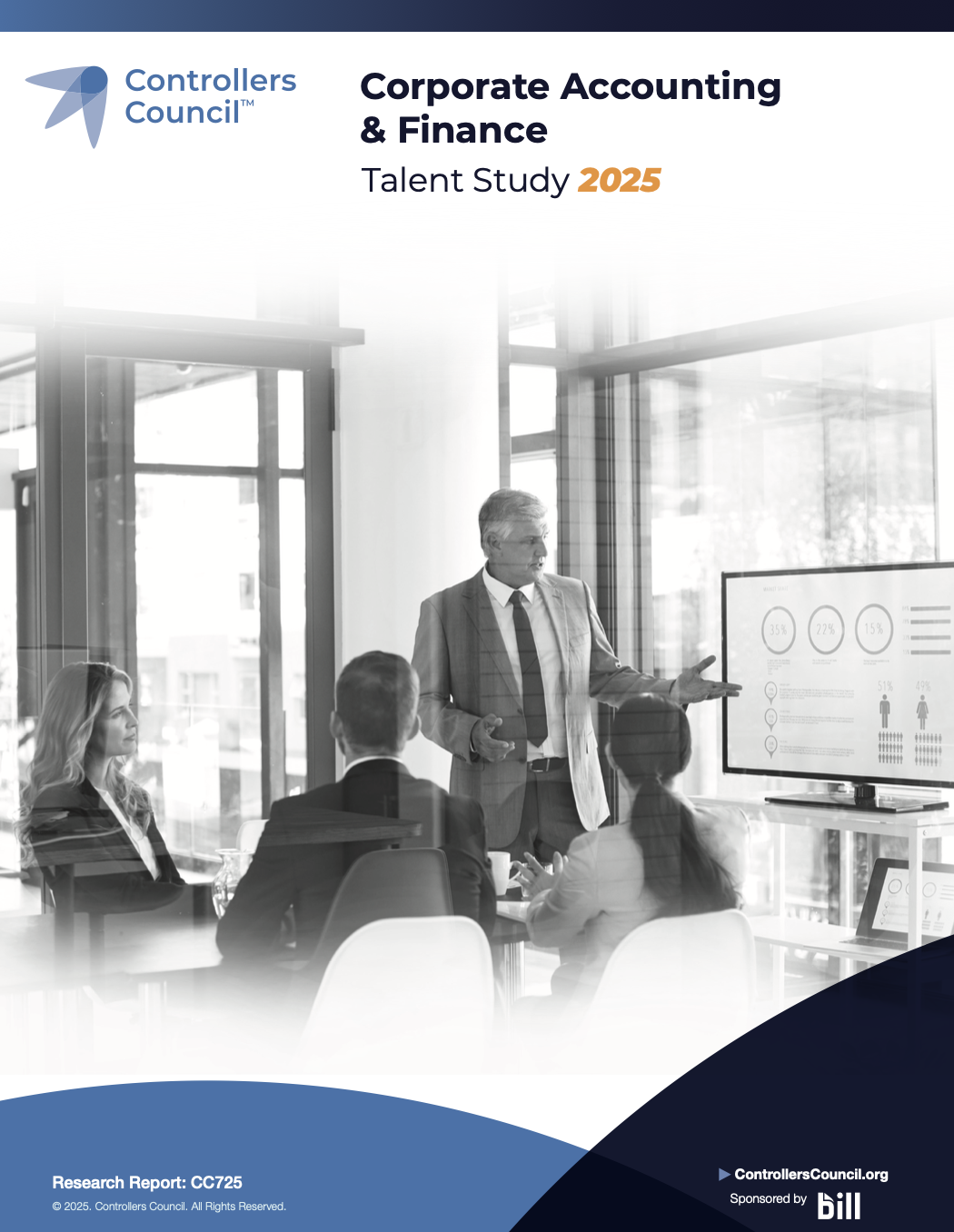For the decade leading up to 2020, the business world has been in high gear. Whether it was in the form of startups coming out of nowhere and becoming multibillion-dollar players, the new expectation of two-day shipping both in the business and consumer worlds, or simply the technological impact on the flow of information, everything was moving faster than ever—and for many, it was speed up or fail.
Understandably, 2020 has presented its challenges, but even a pandemic hasn’t slowed down many companies. As we begin to head back to work, it’s only expected that the pace of change will get back to the normal work fast or die mentality too. That said, even though many things have sped up, a recent report notes that one thing has not—B2B digital payments.
B2B Payments Are Still Stuck in First Gear
While online payments for businesses are steadily on the rise, companies still use paper checks to pay their bills—even though they demand more time and resources, are slower, less secure, and lack the transparency and speed of ePayments. In fact, when SMB owners were asked in a recent survey conducted by Barlow Research to choose their top three payment methods, paper checks came out on top at 86 percent. The question is… Why?
Many Reasons for Delay
According to a recent report from Controllers Council Sponsor Bill.com, there are many reasons that business payments haven’t kept up with the pace of change. From a lack of understanding to a need for greater oversight, the lack of digitization has held back many businesses and kept their financial initiatives in first gear.
In turn, this has presented a variety of challenges ranging from additional work for highly-paid finance staff to a lack of visibility into business processes and even a dangerous lack of control.
…But Many More Reasons to Evolve
Especially in the wake of the Coronavirus outbreak, companies have found good reason to put new payments initiatives into action. Too often, companies had found themselves sending someone into the office to manage transaction processing or even sending a check printer home with an employee. Either way, this slow, laborious, and often risky practice has presented companies with a reason to upgrade their processes.
Five Benefits of Moving to Digital Payments
Though the Bill.com Guide to Financial Automation goes into much more detail on why it’s so important to evolve, here are just some of the benefits companies realize when they make the move to digital payments:
1. Save Time and Money
The first and most important reason to upgrade payment processes is the sheer savings that may be available. Many studies highlight the average cost to pay a check, often finding that leaders see costs drop the more they automate. Think of the time and effort involved with reviewing and approving a bill, cutting a paper check, getting it signed, and matching it with the correct invoice. The process takes some companies weeks or even months to complete.
2. Gain Control and Visibility
In payments, visibility into spending means that you have the ability to better control the spend. Rather than waiting for everything to fall in place when you pay a check, ePayments give you nearly immediate feedback into your spending.
Imagine being able to track every step of a paper check payment, including each person who touches it within the company and outside of it—every postal worker, everyone at the vendor’s office, even the teller at the bank where it’s deposited. Then imagine knowing the exact moment the paper check is cashed.
3. Understand the Data in Payments
Much like the control gained, you also gain a better understanding of the business and the payments. Data is the new oil, and ePayments make it possible to gain deeper insights. While a check gives you an amount and a date, the payee, and memos/notes—an ePayment gives you all of the remittance information of the transaction. That includes invoices, invoice numbers, statements of work, the exact date, and time stamping. It shows who approved the payment and who made the payment.
Better yet, digital business payments can automatically sync with your accounting software, so the information is never entered twice. This transparency makes paying and reconciling payments much simpler.
4. Take Control of Your International Payments
How long does it take to mail a check overseas and how likely is it that everything turns out accurately? Exchange rates change by the minute, and you might end up losing out on big money while the payment is in transit.
Digital payment systems can provide the ability to pay your international vendors in local currencies, reducing the complexities of conversion rates. They can also use the same processes you use to make domestic payments. International digital business payments can even save you money versus using a bank wire.
5. Secure Your Business
AP and AR solutions that offer digital payments—including ACH transfers, EFTs, and credit card transactions—can provide more security than paper checks.
With checks being easy to forge, lose, or manipulate, many companies have lost a great deal of money as a result of blind faith in checks. With digital payments, your financial data and documents are safer on secure, encrypted, password-protected servers than they are in filing cabinets and on people’s desks throughout your offices.
Free Guide: Automating Your Financial Processes A Bill.com Guidebook for Mid-Sized Companies
For those companies looking to better understand their path to improved payments, a recent guide from Controllers Council sponsor Bill.com explores the value of digitization and the reasons to make the switch to ePayments. Automating Your Financial Processes A Bill.com Guidebook for Mid-Sized Companies introduces businesses to the evolution and consumerization of payments, exploring how your organization can move to a more efficient AP & AR process.
Additional Resources
Should Payroll Become a Part of Payments Innovation?
AP Automation in Cash Flow Sustainability
What Technologies Are Top of Mind in the Accounting World Right Now?




